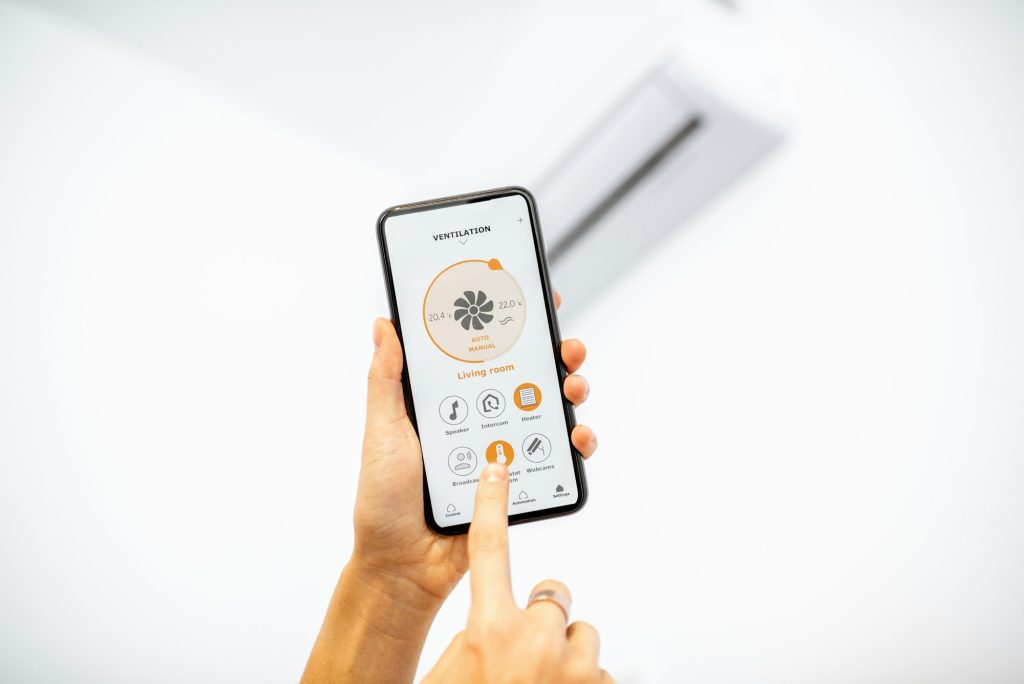This article provides an overview of low-energy whole home ventilation systems, focusing on the benefits of positive input ventilation (PIV) and the importance of energy efficiency in creating a healthier indoor environment.
Proper ventilation in residential buildings is crucial for improving indoor air quality and reducing issues such as condensation, dampness, and associated problems. Modern ventilation systems are designed to create a healthier indoor environment by displacing pollutants including stale and humid air. One such solution gaining popularity is the low-energy whole home ventilation system. These systems are positioned as an energy-efficient and cost-effective solution for the elimination of indoor pollutants. Among the different types of whole home ventilation systems, Positive Input Ventilation (PIV) has emerged as a highly effective method for combating condensation dampness in residential properties.
PIV works by drawing fresh, filtered air into the home and creating a positive pressure that forces pollutants out, effectively curing condensation dampness and associated issues in residential properties. This mechanism aids in the displacement of indoor pollutants, making it an ideal solution that negates the need for extensive renovation.
Nuaire, a leading provider of ventilation solutions, offers a range of PIV units that are highly energy efficient. Their units use up to 20% less energy than competitors, which makes them an excellent choice for homeowners seeking to improve indoor air quality without a substantial hike in energy bills. Moreover, Nuaire offers PIV units for all property types, ensuring a perfect fit for every home.

Whole-house mechanical ventilation systems work by replacing stale indoor air with fresh air, thereby improving the overall indoor environment. There are different types of these systems, such as PIV, Mechanical Extract Ventilation (MEV), and Mechanical Ventilation with Heat Recovery (MVHR), each offering varying levels of efficiency and maintenance requirements.
While PIV is recognised for its effectiveness in curing damp and condensation, other systems like MEV and MVHR also offer their unique advantages. MEV systems work by creating one-way airflow and require little maintenance. On the other hand, MVHR systems extract stale air and release fresh heated air, thereby improving thermal comfort and reducing energy bills.
Ventilation is crucial for energy efficiency and reducing humidity, condensation, and mould in homes. Modern ventilation systems, including PIV, are designed with energy efficiency in mind, using minimal power. When considering the cost to run different ventilation systems over a year, some systems are surprisingly affordable, costing less than £10 to run over 12 months.
Choosing the right ventilation system for your specific needs can be a daunting task. It requires a careful understanding of the different systems available and their suitability to your property type and specific requirements. This is where professional consultation becomes crucial. Companies like EnviroVent offer free home surveys to assess and recommend appropriate ventilation solutions. These services provide valuable insights for homeowners, assisting them in making an informed decision.
The benefits of low-energy whole home ventilation, including the efficiency and effectiveness of PIV in creating a healthier indoor environment, are plentiful. These systems not only improve the quality of air in homes but also contribute to energy efficiency. As the market offers varied options, it’s essential to seek professional advice when considering the installation of a ventilation system, ensuring the best choice for individual requirements.
In the UK, there are several home ventilation services available to households that can help improve indoor air quality and create a healthier living environment.
When considering home ventilation services in the UK, it is advisable to consult with professionals who can assess your specific requirements and recommend the most suitable solution for your home. Proper consultation ensures that you choose the ventilation system that effectively improves indoor air quality, reduces issues like condensation and dampness, and promotes a healthier living environment.
